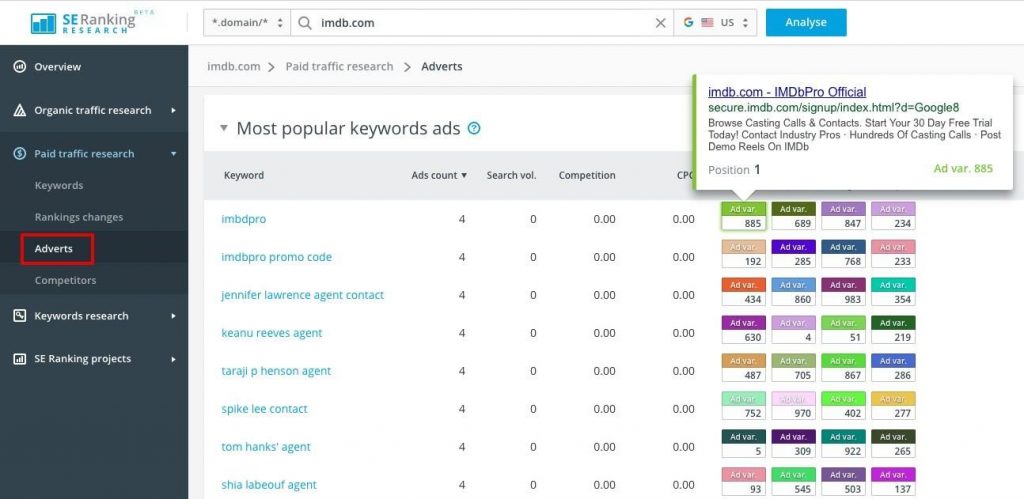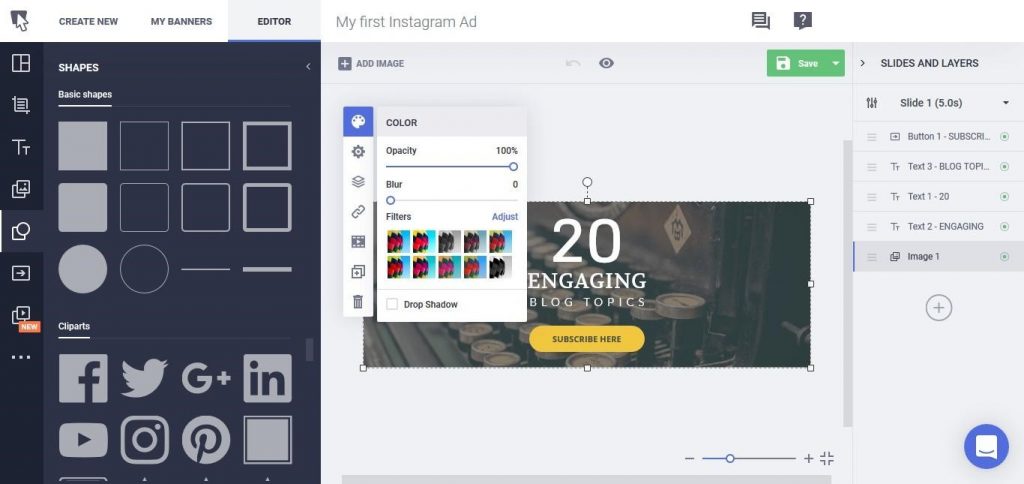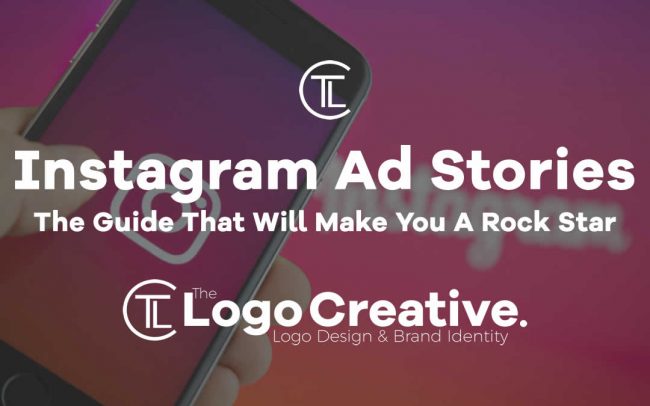Over the past few years, Instagram has proven itself as a great channel for social media marketing. In fact, the Instagram engagement rate makes up 4.21% that is 58 times higher than Facebook, and Instagram is hard to ignore if you are a marketer or an advertiser. At the same time, this platform reaches more than 800 million users and 80% of them are already following at least one business.
One of the most acclaimed features that were released in the past few years the platform, Instagram Stories, is becoming more and more attractive for marketers and advertisers as they realize people are digging it.
Did you know that you can also use Instagram Stories as an advertising channel as well? Did you know that you can publish full screen banner ads inside other peoples’ stories and reach out to new audiences? Well, today, I am going to discuss, in short, some of the most important steps of integrating Stories into your advertising strategy. Therefore, let’s pinpoint some of the most important things you should think about.
Research the market and the competition
Every marketing strategy starts with research. You need to research your topics before creating content, and you need to conduct research before designing an advertising strategy as well.
Based on what you find here, you can develop your own strategy. This is an important step because it will allow you to focus on the things that can make your campaign successful: a high engagement rate, a new and improve audience or maybe, a great conversion of fans into customers. There are two main strategies you can work with at this point.
At first, it’s recommended to conduct a general research on the competitions strategies of online advertising. For this preliminary task, you can use SE Ranking, an efficient tool that allows you to overview your competitors’ banners, their web page ranks, and their main strategies. There’s great knowledge to be gained at this point, especially if you will be able to observe their designs, their headlines and they overall strategies. Afterwards, you will find it easier to create your own CTAs and headlines with high conversion rates. At the same time, you’ll be able to select better the keywords and the audiences.

Secondly, you can study your competition not through their ads but on Instagram itself. Observe their activity and analyze their posts, whether or not they engaged also in Stories. Find out how they communicate with their fans. It’s a lot of work, it’s time-consuming but in the end, it will help you better yourself and your strategy.
Design your ads
Now that you know what your competitors are doing, it’s time to design your own ads. Since Instagram Stories allows you, for the first time, to publish full-screen ads on mobile, you should focus on creating out of the box designs for your targeted audience. What do you need? Well, let’s analyze the designing process in a few steps and check the most important things you need to take care of at this point:
- The design tool. Every marketer uses a specific tool for banner ad design. If it were up to me, however, I would recommend Bannersnack to anyone who deals with advertising campaigns. My reasons are quite practical:
Bannersnack is available online. You don’t need to install anything on your computer. Everything you need is just a few clicks away. Moreover, it is a professionally crafted tool for designing professional looking banners.
This is my first choice for banner design due to the fact that being easy to use, it allows me to focus more on details and less on technicalities.
I like it as well for its extensive database that includes stock images, numerous icons and templates to choose from when your time runs short. And yeah, you can use it to design animated ads as well.

- The message. Your ad would be irrelevant without a clear message to its target audience and a CTA to allow them to engage with your brand. This is the point where all your previous research will prove itself as being useful. All those hours you’ve spent on looking at your competitions and their banner ads, were not wasted for nothing.
Based on their messages, the public response and their overall results, you can brainstorm your own original copy text and make sure it will help you convert the audience into customers easily and effectively.
Set up your campaign
Once you know what you want and of course, you have designed the banner that you think will help you achieve your goals, it’s time to set up your campaign.
At this point, you need to go to Facebook’s ad manager and follow each step the app requires from you.
- Choose your objectives and the audience
These are the first two things to be considered before launching an advertising campaign. Objectives are important because everything you do from the moment you set them depends on it. Moreover, the results will also be evaluated, later, based on the objectives.
Next, you get to select where to place your ads. In this case, your advertising channel would be Instagram Stories.

Selecting the right audience is also an important aspect at this point. To whom you are addressing? Who are the people who might get interested in your offers?
Define your target audience. At this point, you can select your viewers based on several demographic criteria such as where they live, what they are interested in, their age and so on.
- Set your preliminary budget and deliver the message.
Now, that everything else is in place, you can adjust your budget according to the requirements of the campaign and start delivering branded ads to the defined audience. If you are undecided on how much to spend or how much it will cost you to achieve the primary goals, start small, with a fixed budget and adjust it weekly or monthly.
Once your first campaign is over, you can collect stats, evaluate the results and plan ahead based on actual data. Knowledge is very important at this point. You will soon discover that with every new campaign you will learn something new and most important, you will learn from your own mistakes. In time, maybe you will spend more money but at the same time, you goals will be bigger and so will be the results.
You may also find another article Robert wrote helpful: 5 checklists in branding when you design a banner ad
 Robert Katai.
Robert Katai.
Visual Marketer & Content Strategist Bannersnack.

